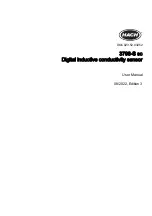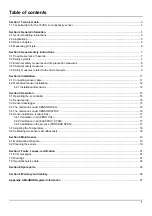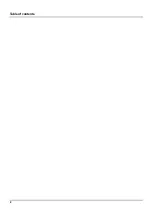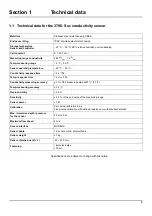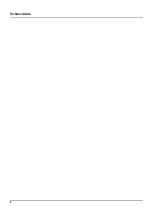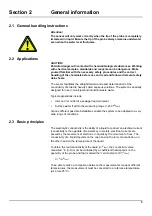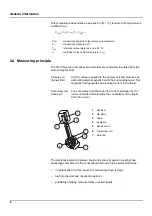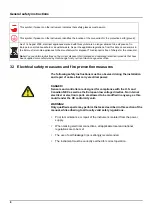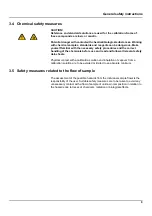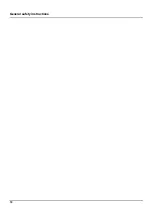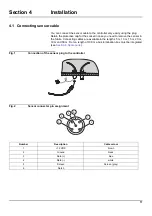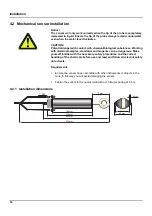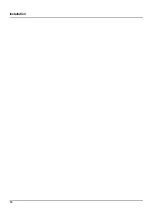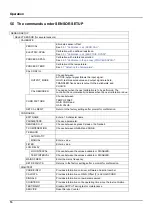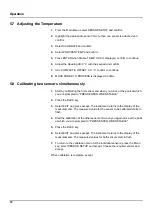
5
Section 2
General information
2.1 General handling instructions
Attention!
The sensor will only work correctly when the tip of the probe is completely
immersed in liquid. Ensure the tip of the probe always remains underwater
even when the water level fluctuates.
2.2 Applications
CAUTION!
Potential danger with contact with chemical/biological substances. Working
with chemical samples, standards and reagents can be dangerous. Make
yourself familiar with the necessary safety procedures and the correct
handling of the chemicals before use and read and follow all relevant safety
data sheets.
The sensor facilitates the straightforward and exact determination of the
conductivity of soiled to heavily soiled aqueous solutions. The system is specially
designed for use in municipal and industrial waste water.
Typical applications include
•
Inlet and / or outlet of a sewage treatment plant
•
Surface water if within the measuring range (> 250
µS
/
cm
).
Various different possible installations enable the system to be adapted to a very
wide range of conditions.
2.3 Basic principles
The electrolytic conductivity is the ability of a liquid to conduct an electrical current
(conductivity is the opposite of resistance). In metals, electrical currents are
passed by the movement of electrons, in liquids by the movement of ions. The
conductivity of a liquid depends on the one hand on the ionic concentration, on
the other hand on the temperature of the liquid.
To obtain the real conductivity of the liquid (in
S
/
cm
), the conductivity value
measured
1
/
R
(in S) must be multiplied by a coefficient that depends on the
geometry of the probe and that is called the "cell constant or K" (
1
/
cm
).
C=
K
/
R
(
S
/
cm
)
To be able to make a comparison between the measurements made at different
temperatures, the measurement must be converted to a reference temperature
(as a rule 25 °C).
Summary of Contents for 3798-S sc
Page 1: ...DOC023 52 03252 3798 S sc Digital inductive conductivity sensor User Manual 08 2022 Edition 3...
Page 2: ......
Page 4: ...2 Table of contents...
Page 6: ...4 Technical data...
Page 12: ...10 General safety instructions...
Page 16: ...14 Installation...
Page 22: ...20 Maintenance...
Page 26: ...24 Spare parts...
Page 28: ...26 Warranty and liability...
Page 31: ......

